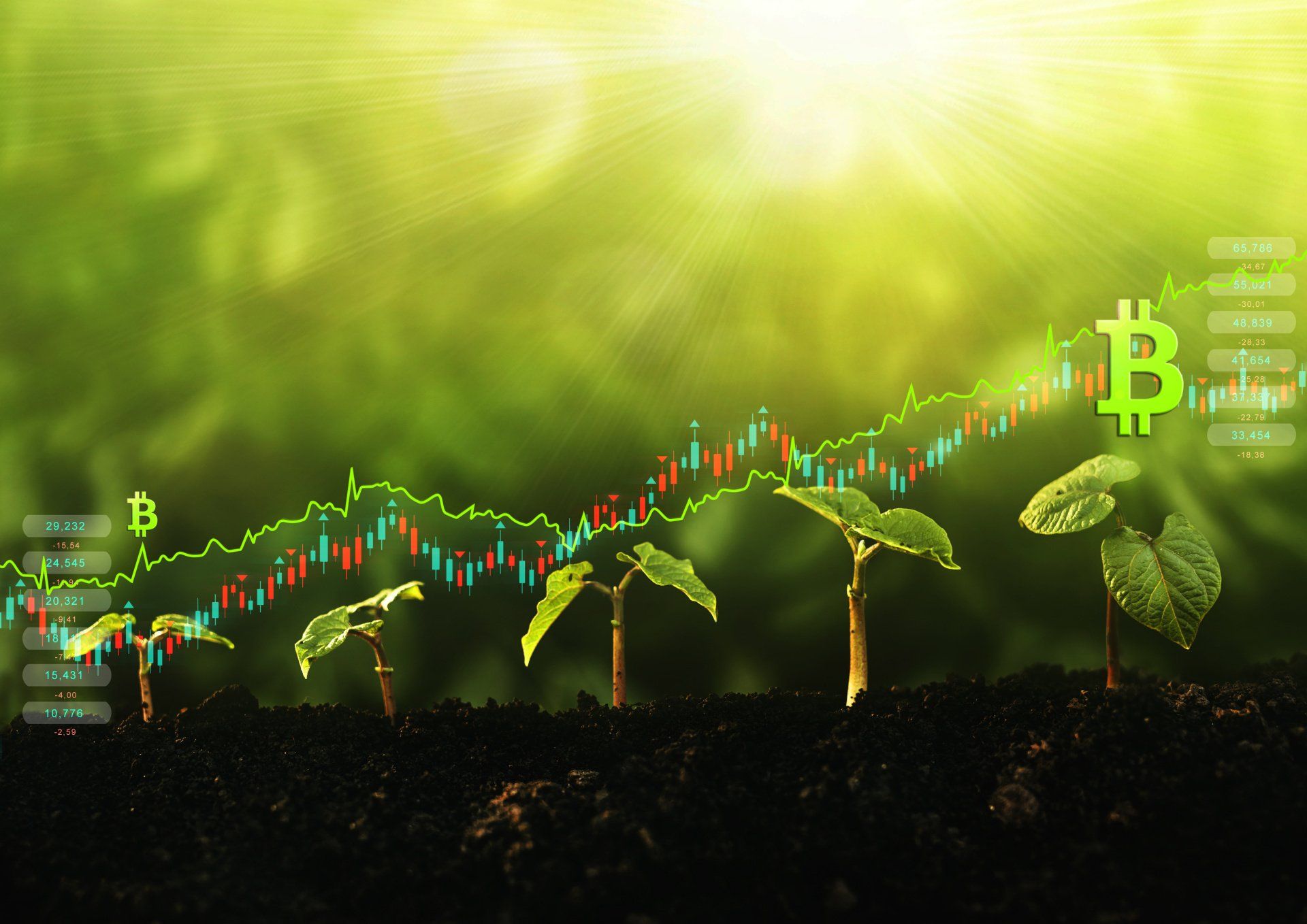Kevin He, CEO of Cloudtech Blockchain Australia
Crypto goes eco
Bitcoin’s well-founded problems with environmental inefficiency are leading to new innovations with the digital currency.

During one of the worst financial crises since the Great Depression, a person named Satoshi Nakamoto published a manifesto called “Bitcoin – A Peer to Peer Electronic Cash System”.
Around two months later, on 3 January 2009, Nakamoto “mined” the first-ever Bitcoin block – with a value of 50 Bitcoins. Bitcoin mining is the computing process that enables the circulation of bitcoins, and validates and monitors bitcoin transactions .
As the first cryptocurrency, Bitcoin stands above others in the pantheon of digital currencies because of its finite number and stronger emphasis on decentralisation compared with other crypto assets.
However, while it is destined to help humanity by reducing the risk of fraud, empowering entrepreneurs,increasing the transparency of transactions, and offering a stable choice to unstable currencies . Bitcoin has high energy consumption due its proof of work (PoW) consensus mechanism, which is a system that aims to verify transaction legitimacy and safeguard the security of the underlying blockchain .
People may not be aware that, globally, Bitcoin currently consumes around 110 terawatt-hours per year – which is roughly the annual energy draw of a country such as Malaysia, Sweden, or Argentina, with populations of 32, ten, and 50 million respectively.
Remarkably, Bitcoin’s carbon emissions totalling around 37 megatons are equivalent to those of New Zealand’s annual output.
Furthermore, Bitcoin’s low efficiency and scalability is well-known. For example, the average transaction confirmation time is greater than ten minutes, while 4.6 transactions per second take place on Bitcoin’s network compared to leading credit card Visa’s 2000 transactions per second.
The public is now starting to accept cryptocurrency as a virtual asset .This is especially the case in Australia, as the government has announced it will start considering it as a legitimate asset and banks have started to allow payment of homeloans and deposits in Bitcoin since 2021. With crypto becoming more mainstream, it is therefore important to find better solutions for environmentally sustainable cryptocurrency.
Opting for green cryptocurrencies will not only have a lesser impact on the environment through significantly reduced energy consumption, but will also address issues arising from Bitcoin’s method of operation. It can be part of the solution tackling the issues of scalability and performance faced by users. These issues still create an affordability barrier.
A greener crypto opts for a cash system that actually facilitates affordable daily transactions. It would also help provide realistic benefit/utility to the coin holder – all of which will encourage more people to use crypto, but in a sustainable and effective way.
We caught up with Kevin He from Cloudtech to talk about the innovative partnership with RMIT and supply some exciting insights.
1MG: What will the Cloudtech-RMIT Green Cryptocurrency Joint Research Laboratory achieve?
“We are a leading industry company based in Dubai, UAE, and we came back to our head office in Melbourne because we know there is something that needed to be done about the sustainability issue of cryptocurrency.”
“RMIT is the second best university in the world in working on cryptocurrency research, according to CoinDesk. Through this partnership, we hope to research more about innovative consensus mechanisms, energy minimisation/performance, and scalability, as well as storage network security and privacy enhancement.”
“We also aim to provide tech support for coin holders, in terms of green Bitcoin (GBTC) trouble-shooting and monitoring the network operation. Ultimately we wish to discover a new consensus mechanism that would enable us to establish a new coin that can replace Bitcoin.”
1MG: Why did Cloudtech explore this partnership with RMIT?
“RMIT is a leading research institution in terms of cryptocurrency and blockchain research both locally and internationally. It has great technology and knowledge that would broaden our research prospects.”
“Professor Zahir Tari is the academic expert and director of the CloudTech-RMIT Green Cryptocurrency Joint Research Laboratory (GreenCryptoLab). He has years of research experience in cybersecurity and blockchain.”
“We believe that green bitcoin will have more possibilities under his leadership.”
“We are a Melbourne based company, and we felt that coming back from operating overseas, the best place to work would be our hometown. With many of our workers graduating from RMIT, there is familiarity with the team and the environment and we look forward to working with RMIT more.”
1MG: What does the future hold for blockchain and cryptocurrencies?
“We are now seeing the proliferation of bitcoin into the mainstream, as there is an upward tick in demand for cryptocurrencies. So in regards to the blockchain, we will start to see more traditional businesses; such as art, finance, retail, banking, logistics, and agriculture get involved. Blockchain will also be used for facilitating government services such as social identity services, voting, and fiscal policies.”
“For crypto, it is starting to become a more legitimised asset. It will no longer be seen as a speculative asset as it will be used in more applications/utilities. Another thing is that digital cash is on the rise; cryptocurrencies will help facilitate daily transactions for the users. So all in all, the future of crypto and blockchain is bright.”











